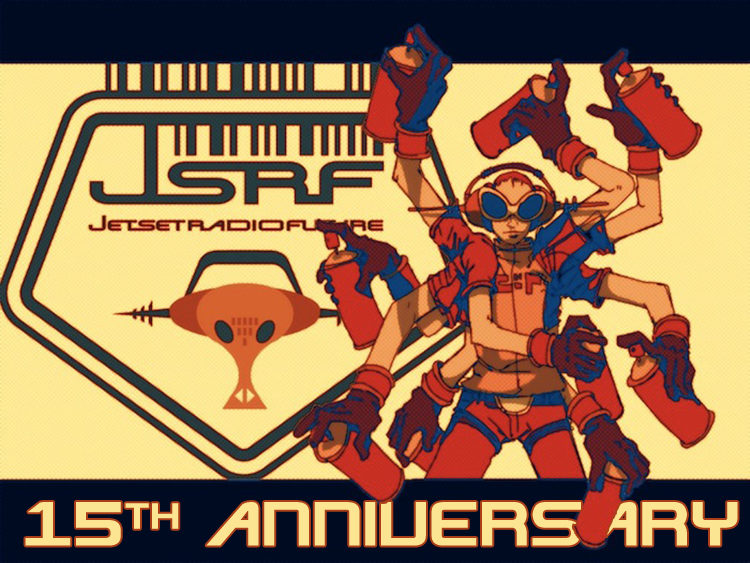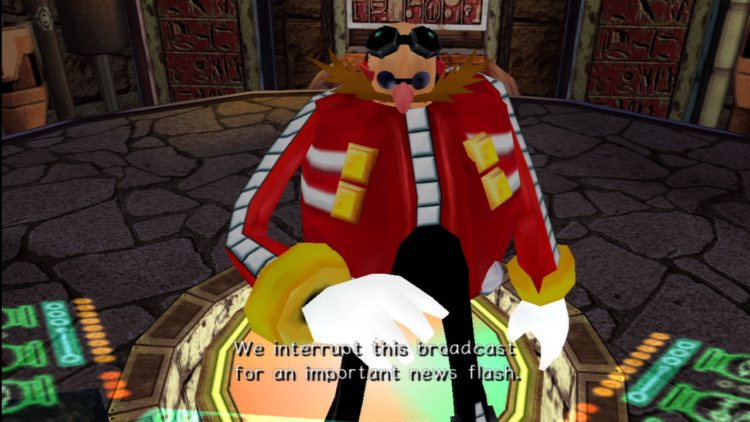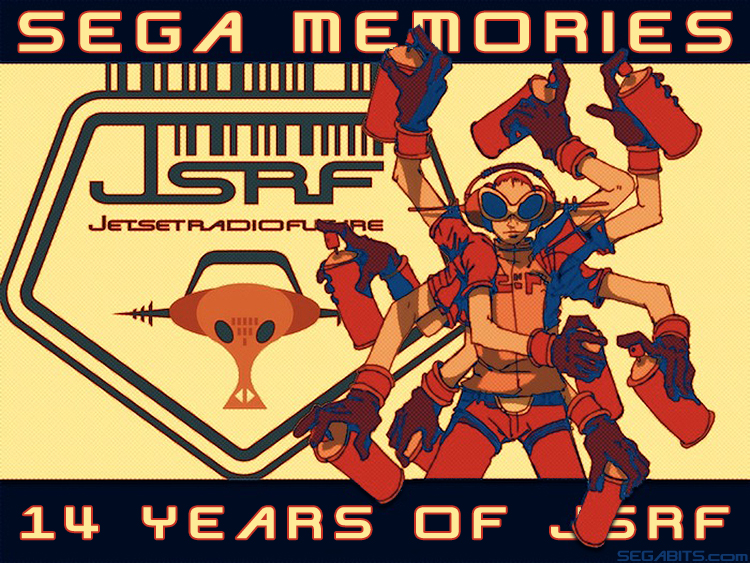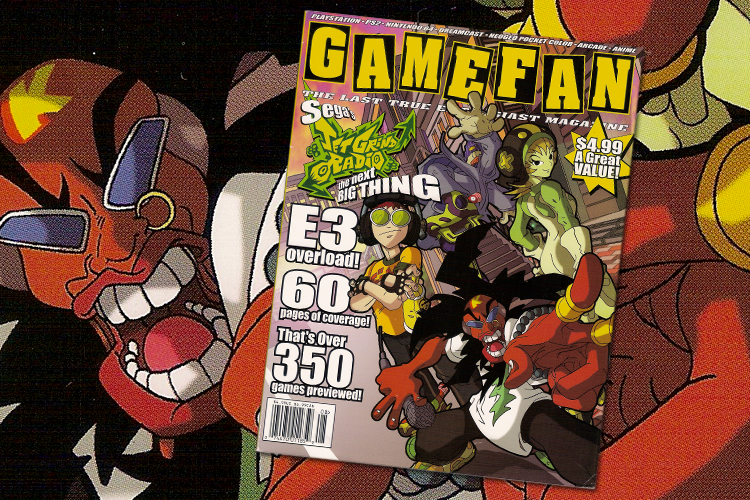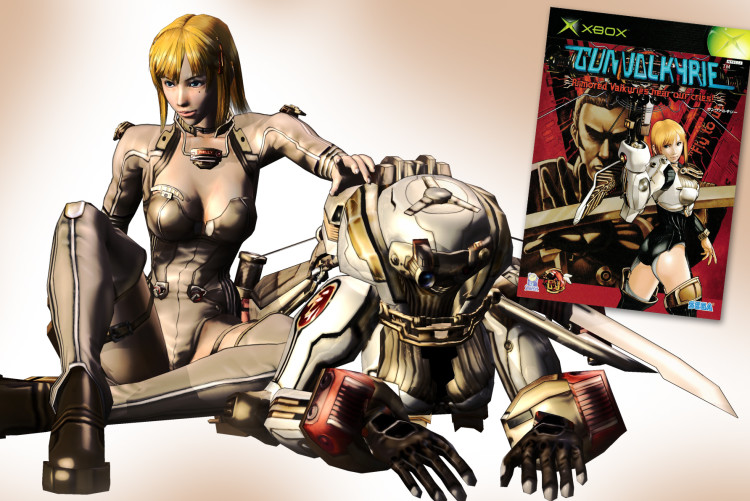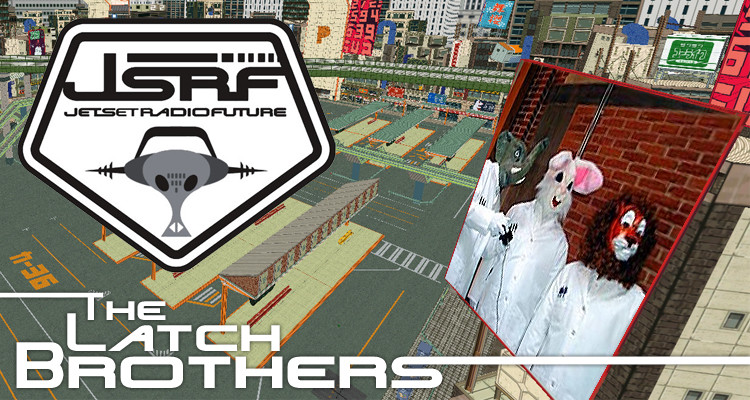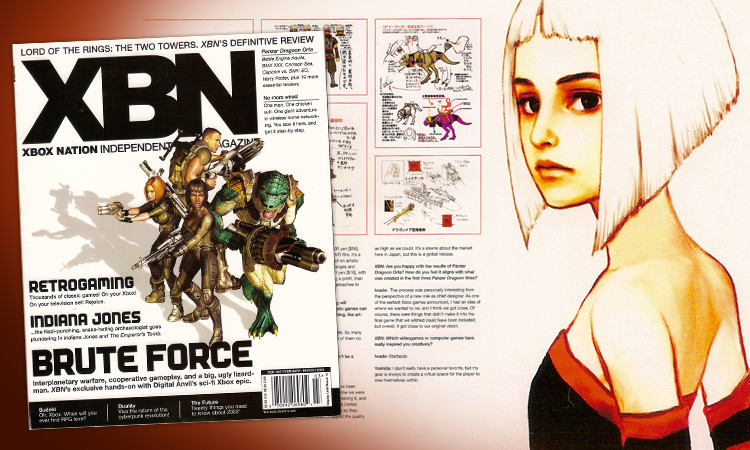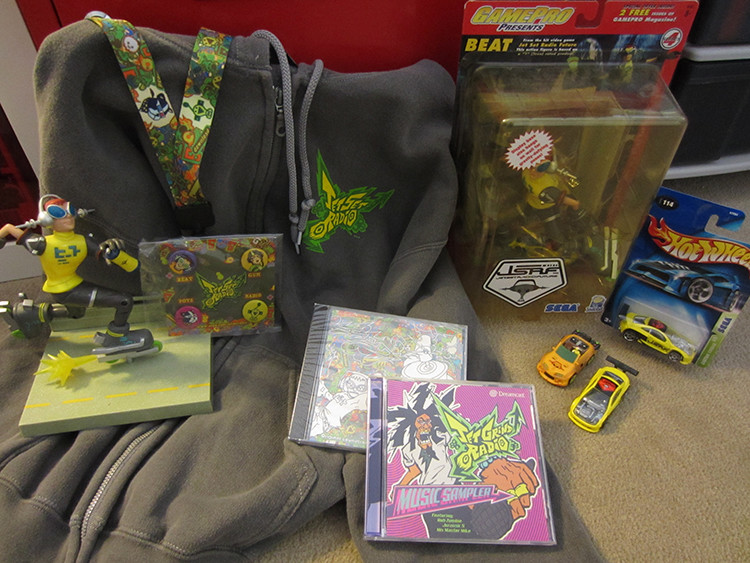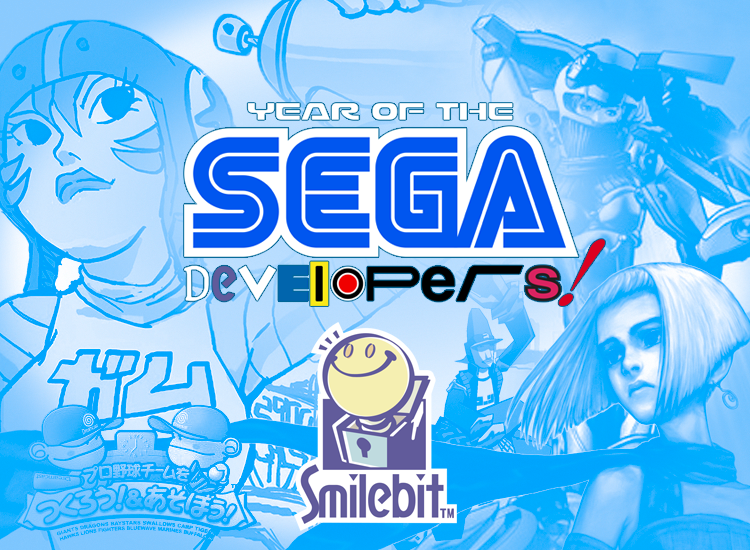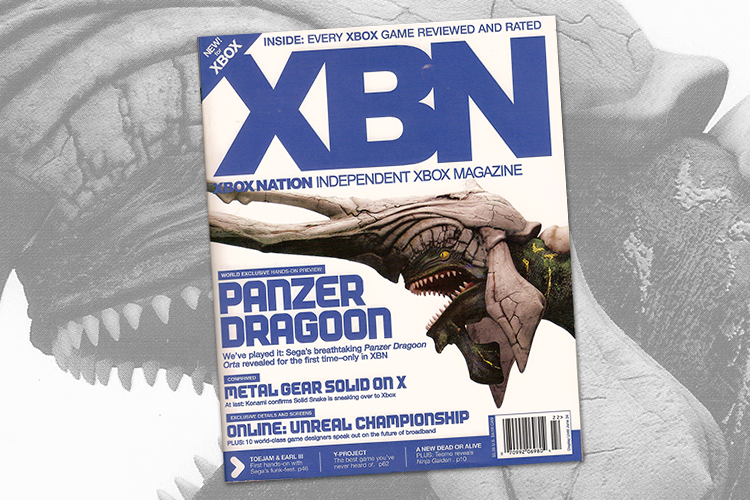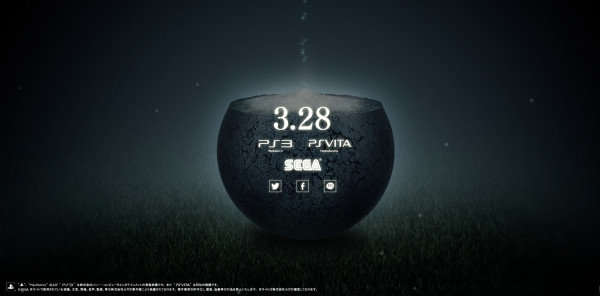SEGA Talk #87: Gunvalkyrie (2002)
This time on SEGA Talk podcast we take a look at the overlooked Smilebit Xbox exclusive Gunvalkyrie! We take a look at the cancelled Dreamcast port, talk about its unique controllers and why the game has stayed exclusive to Xbox over the years. All this and more, on SEGA Talk!
Support us on Patreon! Get early access, tell us what games to cover, and have your SEGA memories read at the end and more!
[iTunes – Stitcher – YouTube – RSS – Download]
If you want to give us feedback, suggest a topic for the next podcast or want to ask a question for us to answer on the next episode you can add them as a comment below or send theme directly to our email. Make sure you use subject line ‘SEGA Talk’ and as always, thanks for listening!

